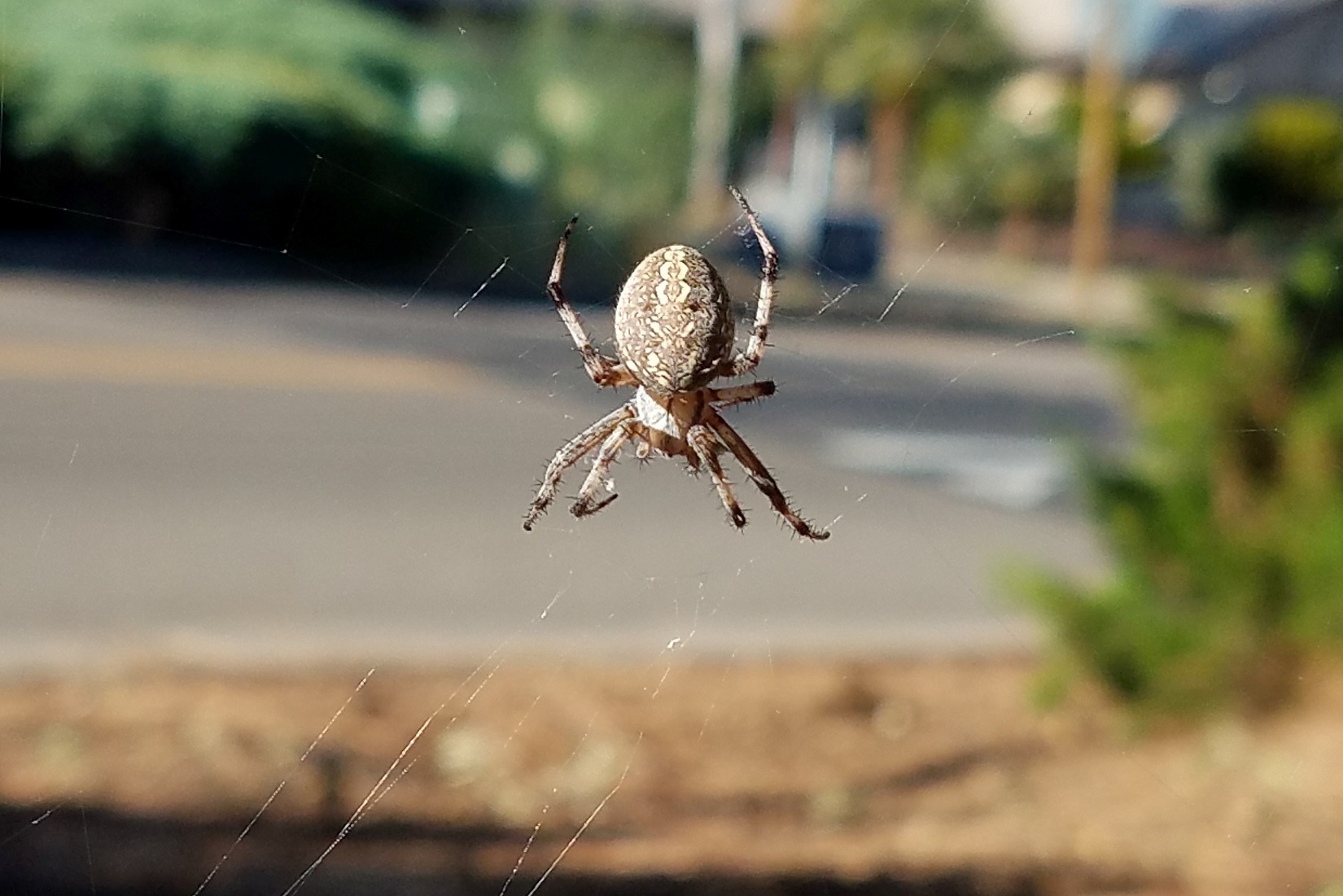
Spiders are fascinating creatures that have been the subject of curiosity and fascination for centuries. Among the many species of spiders, one that stands out for its intricate web-building abilities is the orb-weaver spider. These remarkable arachnids belong to the family Araneidae and have gained recognition for their exceptional attributes.
In this article, we will embark on a journey to explore the extraordinary world of orb-weaver spiders. From their mesmerizing web designs to their unique hunting techniques, we will delve into the fascinating aspects of these eight-legged creatures. Prepare to be amazed as we uncover 17 extraordinary facts about orb-weaver spiders that will leave you in awe of their incredible adaptability and natural prowess.
Key Takeaways:
- Orb-weaver spiders are exceptional web builders, skilled hunters, and vital for controlling pest populations, showcasing their remarkable abilities and important ecological role in nature.
- With over 3,000 species worldwide, orb-weaver spiders come in vibrant colors, have impressive size variations, and create some of the toughest natural materials, making them truly extraordinary creatures in the animal kingdom.
Exceptional Web Builders
Orb-weaver spiders are renowned for their exceptional web-building skills. They spin intricate circular webs that are strong and efficient in capturing prey.
Wide Range of Species
There are over 3,000 different species of orb-weaver spiders found worldwide, showcasing their incredible diversity and adaptability.
Vibrant Colors
Orb-weaver spiders come in a wide array of vibrant colors such as yellow, red, green, and even metallic hues. These colors help them camouflage themselves within their environment.
Impressive Size Variation
Orb-weaver spiders can range in size from as small as a few millimeters to as large as several centimeters in diameter, depending on the species.
Males Sacrifice Themselves
During mating, male orb-weaver spiders willingly sacrifice themselves as food for the female. This sacrifice ensures the survival of their offspring.
Web Decorations
Some orb-weaver spiders decorate their webs with additional silk structures, known as stabilimenta. These decorations may serve a variety of purposes, including attracting prey or signaling to potential mates.
Excellent Hunters
Orb-weaver spiders are skilled hunters that use their webs to trap flying insects. Once caught, they swiftly immobilize their prey with venomous bites.
Complex Silk Production
Orb-weaver spiders have specialized glands for producing different types of silk. These silks vary in elasticity and strength, allowing them to construct intricate webs with different sections.
Maternal Care
Some orb-weaver species exhibit exceptional maternal care, guarding their egg sacs until the spiderlings hatch. The mother may even provide protection and food for her young for a short period of time.
Nocturnal Creatures
Many orb-weaver spiders are nocturnal, preferring to hunt and build their webs under the cover of darkness. Their unique adaptations allow them to thrive in low-light conditions.
Antagonistic Mimicry
Certain orb-weaver spiders mimic the appearance and behavior of ants to fool their prey. This form of antagonistic mimicry helps them get closer to unsuspecting insects.
Venomous Bites
While orb-weaver spiders are venomous, they pose little threat to humans. Their venom is primarily used to immobilize their prey rather than as a defense mechanism.
Rapid Web Reconstruction
If an orb-weaver spider’s web becomes damaged or destroyed, they are capable of reconstructing it rapidly. This allows them to resume hunting with minimal interruption.
Long Lifespans
Compared to other spider species, orb-weaver spiders have relatively long lifespans. Some individuals can live for several years under favorable conditions.
Beautiful Spider Silk
Orb-weaver spider silk is known for its remarkable strength and elasticity. It is one of the toughest natural materials, pound-for-pound, and has even been studied for potential industrial applications.
Worldwide Distribution
Orb-weaver spiders can be found on every continent except for Antarctica, highlighting their global presence and adaptability to various climates.
Significant Ecological Role
By preying on insects, orb-weaver spiders play a vital role in controlling pest populations and maintaining the balance within ecosystems.
These 17 extraordinary facts about orb-weaver spiders showcase their remarkable abilities, unique behaviors, and important ecological contributions. The intricate webs they create and their diverse physical characteristics make them some of the most fascinating creatures in the animal kingdom. The next time you spot an orb-weaver spider, take a moment to appreciate the incredible world they inhabit and the extraordinary role they play in nature.
Conclusion
In conclusion, Orb-weaver spiders are truly extraordinary creatures. From their intricate webs to their fascinating behaviors, these spiders have captured the attention and curiosity of many. Their ability to produce silk with incredible strength and elasticity enables them to build and maintain elaborate webs that serve as both their homes and hunting grounds.The variety of species within the Orb-weaver family showcases the incredible diversity and adaptability of these spiders. Each species possesses unique characteristics and adaptations that allow them to thrive in different environments and prey upon various insects.Through their impressive abilities as web-builders, Orb-weaver spiders play a significant role in maintaining ecological balance by controlling insect populations. They are essential contributors to the overall health and stability of ecosystems.In summary, Orb-weaver spiders are truly remarkable creatures that deserve our appreciation and admiration. Their stunning webs and remarkable hunting strategies make them a fascinating subject of study and a vital component of the natural world.
FAQs
1. How do Orb-weaver spiders create their intricate webs?
Orb-weaver spiders use specialized spinnerets to produce silk. They create radial lines of silk, then move in a circular pattern to weave spirals, finally attaching a viscid silk to capture prey.
2. Are Orb-weaver spiders venomous?
Most Orb-weaver spiders possess venom to immobilize their prey. However, the venom is not typically harmful to humans, and Orb-weavers are not aggressive towards people unless provoked.
3. How long do Orb-weaver spiders live?
The lifespan of Orb-weaver spiders varies by species, but most live for about one to two years. The females often have longer lifespans compared to males.
4. When do Orb-weaver spiders typically spin their webs?
Orb-weaver spiders typically spin their webs during the evening and take them down in the morning. They rebuild their webs daily to ensure they are in optimal condition for trapping prey.
5. What do Orb-weaver spiders eat?
Orb-weaver spiders primarily feed on insects that get caught in their webs. They are efficient predators and play an essential role in controlling insect populations.
Remember to validate the HTML encoding to ensure it is valid
Was this page helpful?
Our commitment to delivering trustworthy and engaging content is at the heart of what we do. Each fact on our site is contributed by real users like you, bringing a wealth of diverse insights and information. To ensure the highest standards of accuracy and reliability, our dedicated editors meticulously review each submission. This process guarantees that the facts we share are not only fascinating but also credible. Trust in our commitment to quality and authenticity as you explore and learn with us.


